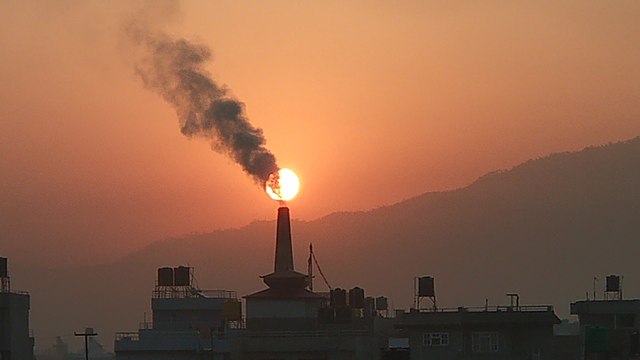The environmental analysis firm Kayrros analyzed several "super emitter" events, or spikes in carbon emissions at oil and gas facilities, and found that throughout 2019, New Mexico had 28 of these episodes, while Texas had 106. The study was published in November. When Gov. Michelle Lujan Grisham entered office in that year, the Energy, Minerals and Natural Resources Department (EMNRD) and the New Mexico Environment Department (NMED) established a Climate Task Force.
Subsequently, the two agencies passed their own laws governing air pollution. NMED put a ban on routine flaring, or the burning of excess gas, and mandated that operators capture 98% of their emissions by 2026. On the other hand, EMNRD prohibited routine flaring and other chemicals that contribute to ground level ozone. According to Lujan Grisham, the Kayrros study demonstrated that these regulatory measures were effective in reducing the influence of gas and oil, even while New Mexico's output of fossil fuels increased.
"This study confirms what we in New Mexico already know: we are acting appropriately at the appropriate times to generate the nation's cleanest barrel of oil," Lujan Grisham stated.

